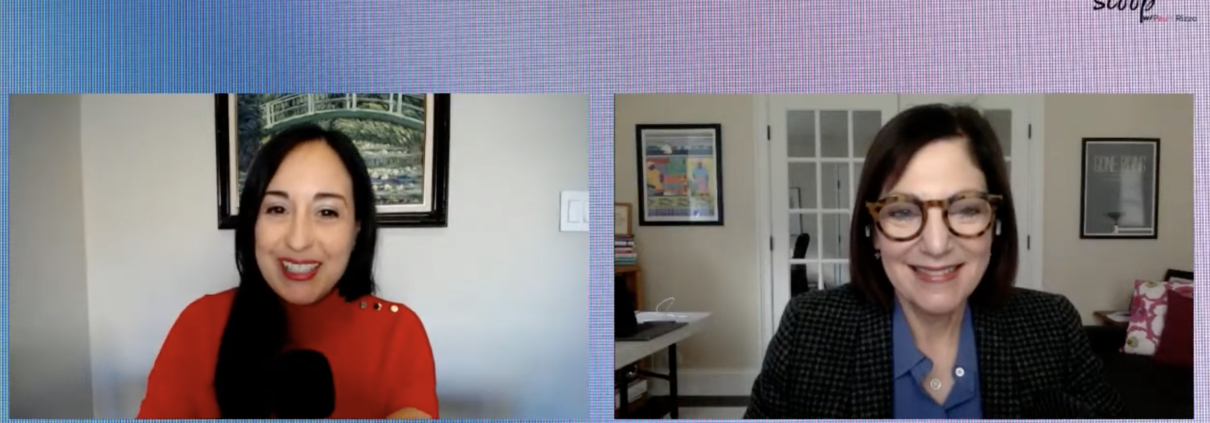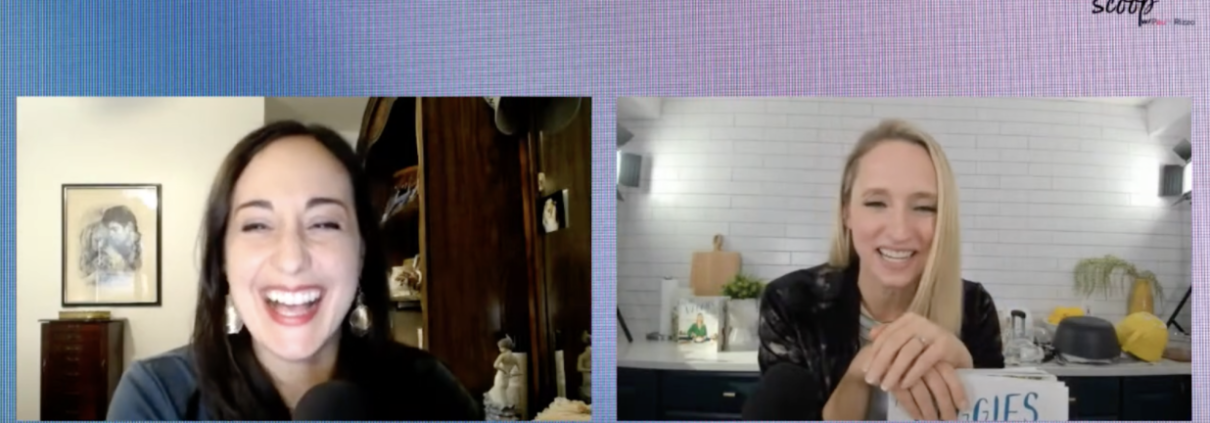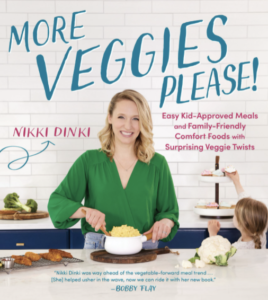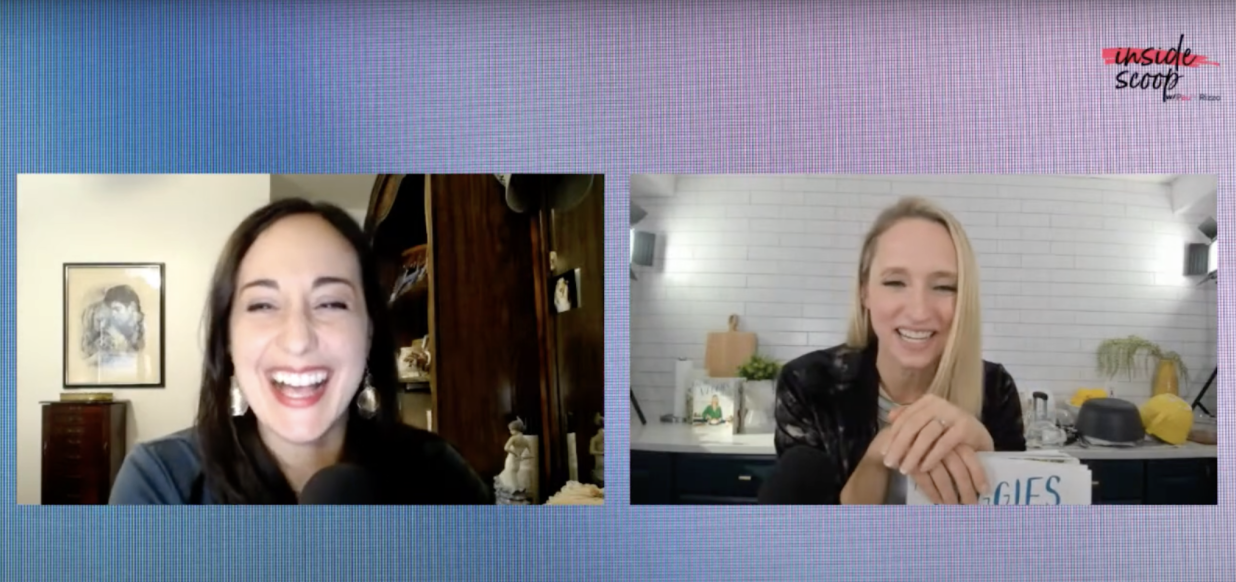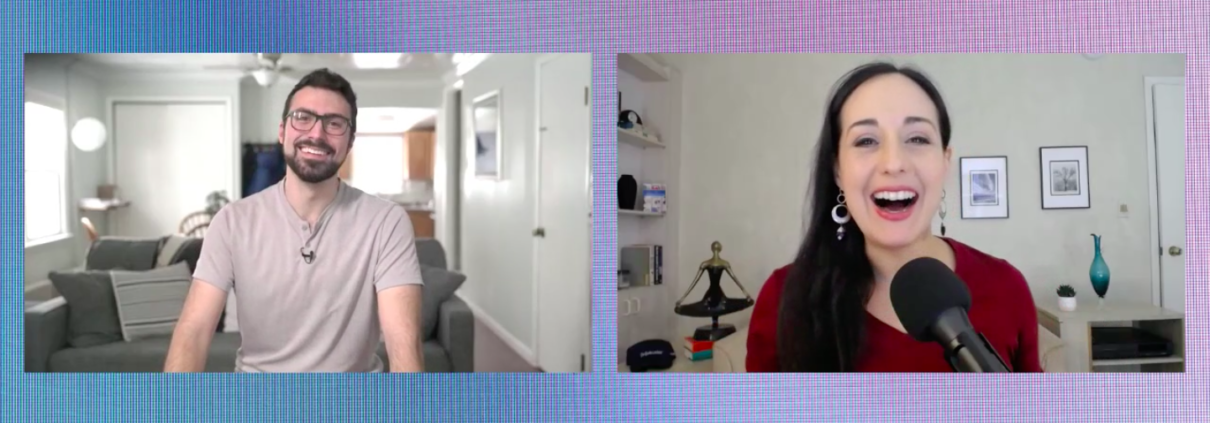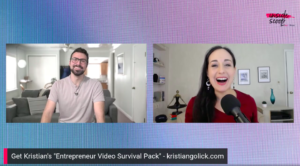____
MEDIA-READY AUTHOR: Go From Uncomfortable to Confident and Sell More Books with my Media-Training Class for Authors on Tuesday, October 18th! Reserve your spot now!
____
Fresh content is great, and you can turn any podcast, blog post, video or thought you have into a media pitch!
The trick is knowing what (from your content) is most interesting to viewers.
This is especially important for authors who want to sell more books. A book is a piece of content and knowing how to leverage that content in the media is integral to sales!
(In fact, I’m hosting a quick and easy-to-implement live online training called Media-Ready Author: Speak in Soundbites, Set Up Your Virtual Studio and Sell More Books to help you learn those skills.)

I spoke with my friend Kate Hanley on her local news station about how to repurpose our content to create a media pitch. Kate is a journalist, podcaster, author of How to Be a Better Person, and has written for publications including Real Simple, Parents, and Martha Stewart’s Whole Living.
Here are three tips from Kate about how to turn your content into a successful media pitch.
1) Making the Connection..
In the beginning, the media probably isn’t going to come to you. You have to go to the media. You have to initiate contact.
Kate lives in Providence, RI, and she heard of a new morning show that might be looking for pitches. She posted in a local networking group to see if anyone had a contact, and a connection suggested reaching out to a producer over social media.
People who work in media often have their email address in their bio — because they want you to pitch them.
“That’s one thing that we have to just tell ourselves. We’re actually helping people do their jobs by pitching them,” Kate said.
Especially if you…
2) Make your pitch timely.
One of the elements of a well-written pitch is the “hook.” Why is this relevant right now?
Kate took this into consideration when she planned out her pitch. When Kate thinks of a pitch, she connects her ideas to current events or holidays.
“I just Googled ‘crazy national holidays’,” Kate explained. “There were all these wacky days like Flip-Flop Day and Hotdog Day. I noticed Make a Difference Day was coming up, which perfectly aligned with ‘How to Be a Better Person”.”
By connecting your pitch to an upcoming event, producers feel more urgency when considering your idea.
“Not only might they like that idea, but they need to act on it because that day’s coming up,” Kate added.
__

__
3) Reuse and recycle.
One of the biggest mistakes people make when they start to pitch media is that they think they have to create completely new or different material for a pitch.
Nope!
Use all your content to feed your blog, your book, your podcast, your pitches. They all go hand in hand.
Tailor your ideas for each outlet, but use the ideas you already have.
Kate’s lightbulb moment happened when she realized she didn’t need to be creating totally separate blog posts and pitches. She made a Google Drive account to organize her ideas and realized she already had lots of great material. She just needed to update and adapt what she already created.
“I found old pitches and blog posts that I had written and stuff I thought might be useful in a lot of different ways,” Kate said.
That doesn’t mean you should use the same posts and pitches over and over.
It’s important to refresh and customize your content and pitches to the outlet you’re pitching.
Check out Kate’s podcast “How to Be a Better Person” and watch our entire conversation here.
____
MEDIA-READY AUTHOR: Go From Uncomfortable to Confident and Sell More Books with my Media-Training Class for Authors on Tuesday, October 18th! Reserve your spot now!
____
This post contains affiliate links and I will be compensated if you make a purchase after clicking on my links.

